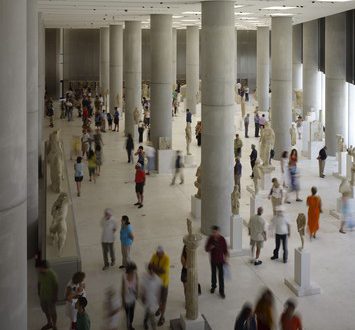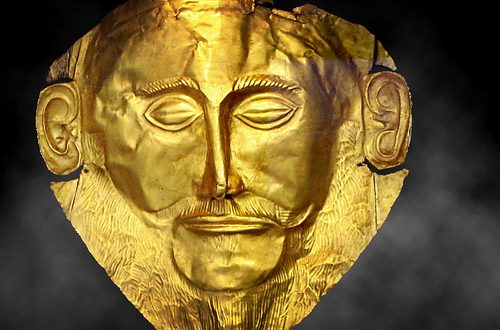
The Lion of Knidos is a colossal 6-8 ton fearsome lion sculpture formed from one giant lump of Pentellic marble. It lay on a funerary base at the top of a 200ft cliff overlooking vessels sailing on the Mediterranean past its home in the ancient Greek city of Knidos, on the modern-day Datca Peninsula in Turkey. Its dates are disputed – some believe it to have been built as a celebratory piece following Conon’s triumphant defeat of the Spartan fleet at the city in 394 BC; others relate it to the Doric style of the tomb it accompanied, dating it to around 175 BC. Its now-hollow eyes may have been inset with glass which would have allowed sailors to pinpoint the cliff from their ships. However it would have also been used as a symbol of power, wealth and pride, scaring sailors from the outpost.
The Lion was first discovered in 1859 by the British architect Richard Pullen, under Charles Newton’s excavation. It was then transported to the British Museum – where it now resides in the museum’s Great Hall as a pinnacle of ancient Greek marble work. As with many marbles owned by the British Museum – including most famously the Elgin Marbles – the Lion has been the subject of an ownership wrangling between Britain and Turkey, though for now it looks to be going nowhere.



